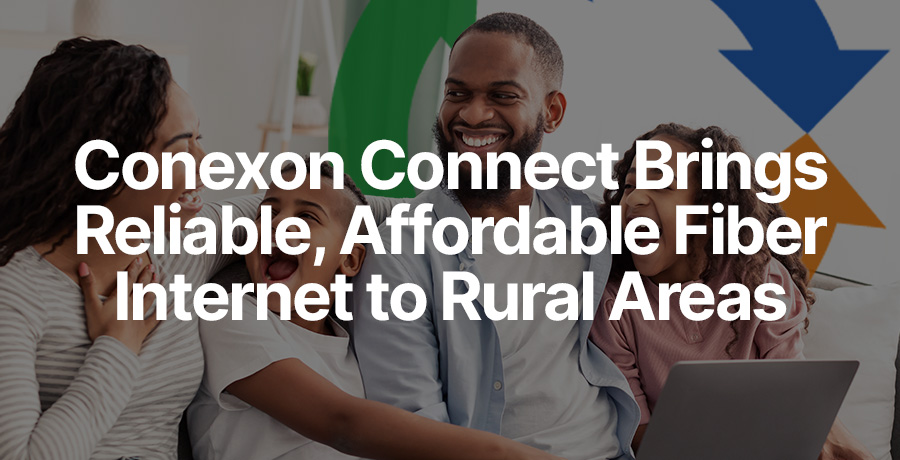If you liked the $9.25 per month Obamaphone program, you’ll love the FCC's $100,000 per subscriber program.
First, the arithmetic of it. The FCC is preparing to spend over $100K per subscriber on broadband subsidies for certain technologies.
The proposed Connect America Fund (CAF) auction caps the amount a provider can receive per location at $17,500. The number of such $17,500 locations is not insignificant, since all the extremely high cost locations are capped at that amount, and approximately half of the total auction in terms of dollars is intended for such locations. While $17,500 per location is far more than necessary to build fiber-to-the-home (the technology that is the basis for the $17,500 figure), to spend such amounts on fixed wireless or satellite service is obscene. But, the amount per subscriber is where the real fiscal obscenity occurs.
There are no U.S. communities where satellite or fixed wireless provides broadband to 100% of the homes and small businesses. Not 80% either, which is the FCC assumption. Not 50% or 25% or 15% or 10% or even 5%. The FCC has data on this. Let’s say, for this arithmetic exercise, that a satellite or fixed wireless subscriber achieves a 15% market share of telephone and broadband service in a rural community.
A 15% market share while receiving $17,500 for every location in an area translates into over $100,000 per subscriber. Should there be insufficient competitive pressure in the auction, the $17,500 per location is a realistic outcome, as is the likelihood of $100,000 per subscriber by some technologies.
If you think I’m underestimating the subscribership, look at the advocacy of the satellite industry. ViaSat, the leading proponent of satellite participation in the CAF auction, has stated that for satellite to achieve a 32% subscription level within a few years would be “extremely unlikely.” I agree. It is extremely unlikely for satellite, or for fixed wireless, to achieve the same levels of subscribership as cable broadband or fiber-to-the-home. Again, the FCC has the data that shows the levels of subscription by technology. Anticipating even 15% subscribership by satellite or fixed wireless would be optimistic.
As a point of comparison, my partner and I have prepared business plans for dozens of electric cooperatives to build fiber-to-the-home networks. In areas without 10/1 Mbps internet service, which are the only areas eligible in the FCC’s auction, we expect higher than 40% subscribership for fiber services within two years of beginning a project. In fact, in the markets where we work, electric cooperatives are gaining those levels of subscribership in months, not years. If a provider thinks 32% subscribership of broadband in a rural area is “extremely unlikely,” maybe they shouldn’t get into the business and the FCC shouldn’t give them public money.
Second, the easy fix. Reimburse providers for actual subscribers, not phantom subscribers.
The most perverse subsidy incentive is one by which a provider makes more money by not serving customers. That’s the current FCC plan and the basis of many current FCC subsidies. By definition, the high cost subsidy is based on how much a provider is calculated to lose per customer. When the FCC provides funding by location, rather than by subscriber, some technologies will make more money by winning the auction, collecting public funding, and serving no one. Hence the fallacy of the argument that it is less expensive to cover rural America with certain cheaper and less capable technologies. If rural America doesn’t subscribe to the less capable services, then the FCC is adopting a classic penny-wise-pound-foolish program.
A side note on what rural America wants. Simply put, rural Americans want the same services that are available in urban and suburban America. Where our clients are providing fiber services, the overwhelming majority of rural consumers choose 100 Mbps and 1 Gbps service. Just because some people choose to live in rural America doesn’t mean they would choose crappy broadband service.
If the FCC would reimburse by subscriber rather than by location, it will avoid the worst of the current abuses. But it will still put the FCC in the position of choosing winners and losers when it comes to broadband service in rural areas. It will lock in a monopoly for the next decade or longer. There is a better overall approach.
Third, the best solution. Trust consumer choice.
Currently, the FCC is wrestling with a problem for which there is no knowable solution – the precise relative weighting between different levels of broadband service. That is a standard command and control government approach. To pursue such a policy ignores the one obvious marketplace approach, which is to let the subsidies flow to the broadband service chosen by each consumer.
I’ve written about this elsewhere, so I’ll be brief here. The FCC has already calculated the amount of monthly subsidy it deems necessary to provide fiber-to-the-home service to each location in rural America. If the FCC permitted each Eligible Telecommunications Carrier, regardless of technology, to receive this calculated amount per month for providing broadband (currently defined as 25/3 Mbps), then the problems described above would disappear.
The elegance of this solution is that it relies on people who live and work in rural America to choose their broadband future. It permits multiple technologies and providers to compete for customers, rather than rely on a company’s lobbying strength. It permits the evolution of technology, rather than consign rural America to today’s level of technology. It saves the public money, because it would use the current FCC budget applied to subscribership, rather than total covered locations. Most important, it would unleash private investment now, rather than delay yet again this portion of the Connect America Fund while the FCC begins a multi-year auction process.
